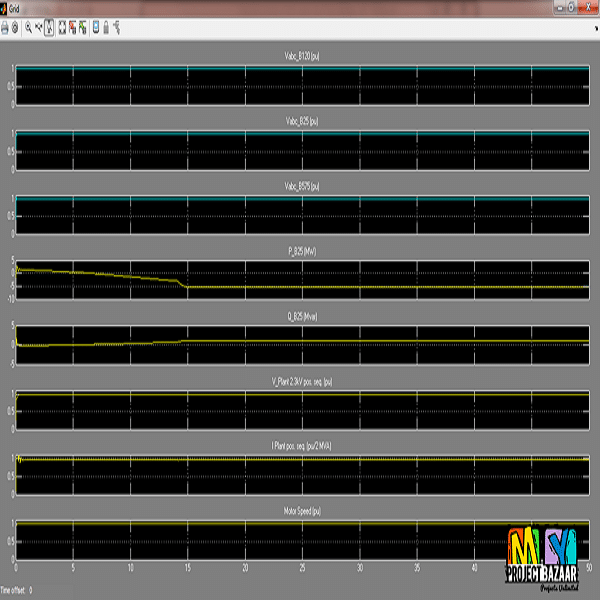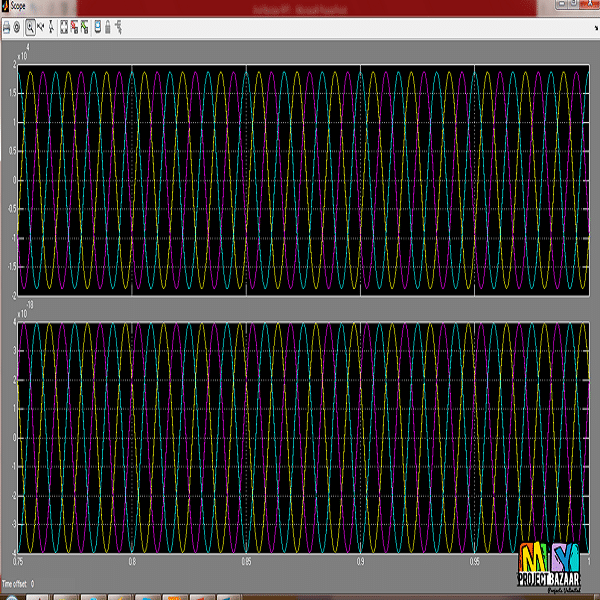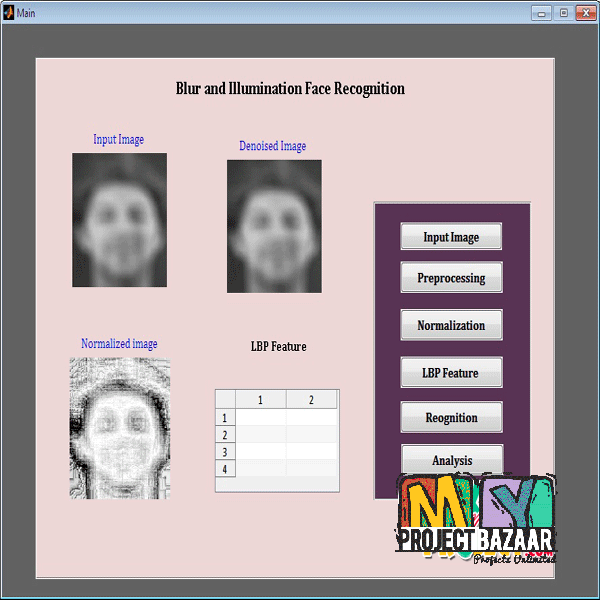Switching Frequency Dynamic Control for DFIG Wind Turbine Performance Improvement around Synchronous Speed
Product Description
Switching Frequency Dynamic Control for DFIG Wind Turbine Performance Improvement around Synchronous Speed
Abstract– In a doubly-fed induction generator (DFIG) wind turbine (WT), large thermal and mechanical oscillations occur around synchronous speed due to the nearly zero-frequency current circulating between rotor windings. A switching frequency dynamic control technique is proposed in this paper to overcome the problem. The basic idea is to dynamically reduce the switching frequency during operation so that both the switching losses and dead-time effect of RSC can be reduced around synchronous speed. According to the characteristic that high-frequency pulse-width modulation (PWM) harmonics in DFIG decrease significantly with rotor slip, there would be a new space for switching frequency reduction especially around synchronous speed. The reduced of switching frequency is actually determined by a tradeoff between the increase of both the stator current PWM harmonics and speed PWM ripples and
the decrease of IGBT temperature. Comparing with the conventional technique with constant switching frequency, the
new technique can effectively improve the system performance around synchronous speed including not only better thermal behavior and efficiency of RSC but also smaller current harmonics and speed ripples in generator. To clarify the method, firstly the effects of switching frequency reduction on a DFIG WT system are investigated. Secondly, the criteria, control scheme and procedure of the method are presented. Finally, experimental and simulation studies were carried out and the results validate its feasibility and effectiveness.
Including Packages
Our Specialization
Support Service
Statistical Report

satisfied customers
3,589
Freelance projects
983
sales on Site
11,021
developers
175+

















